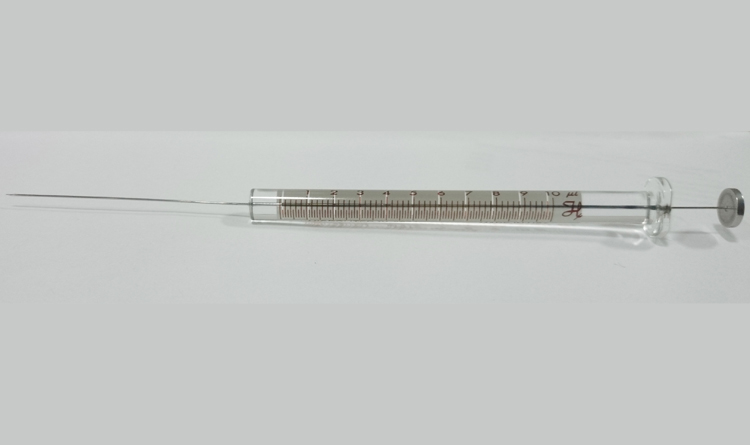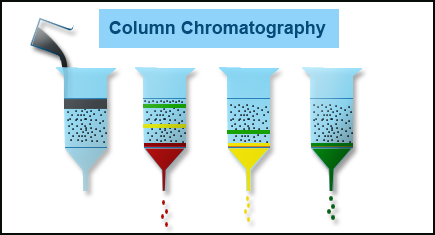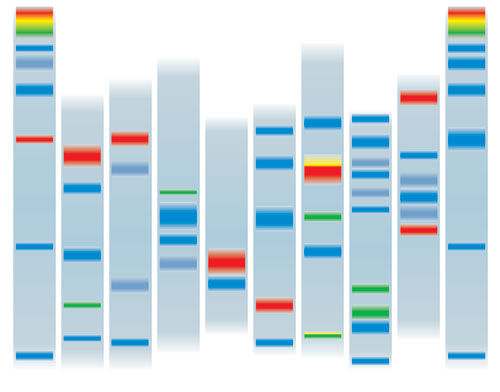Understanding Chromatographic Syringe Nomenclature

Most of us have used a syringe for introduction of samples into a chromatograph numerous times without bothering to understand its terminology and specifications. Such features specify its component parts and helps in making a correct choice for the desired application.
Let us familiarize ourselves with the nomenclature and specifications of syringes used in chromatography
Terminations
Terminations refer to the interface between the syringe barrel and its needle connection. The common terminations are described here:
Cemented needle (N) or fixed needle (F)

The needle is cemented into the glass syringe barrel at a point coinciding with the zero graduation mark. Such syringes cannot be autoclaved.
Removable needle (RN)

The needle is removable to permit precise seating at the zero graduation mark. User has option to choose the needle gauge, length and point style. The syringe can be autoclaved upon dismantling.
Knurled Hub (KH)

Used for high injection pressures up to 6000 psi. Provision is made for inclusion of spacer for repeatable depth injections. Autoclavable when dismantled.
PTFE Luer Tip (LT)
Needles are removable and fit over a ground glass hub which is tapered in the shape of a male luer. It is used to lock in place luer hub needles and connections. The syringe is autoclavable when disassembled.
Luer Tip Cemented Needle (LTN)
Needle is cemented into the glass syringe barrel at point corresponding to zero graduation mark. Dead volume is limited to the needle’s internal volume. Such syringes are not autoclavable.
PTFE Luer Lock
The termination has a PTFE male luer tip with nickel plated brass locking hub which accepts and locks into place metal needles and universal connectors. Autoclavable when dismantled
Sample lock (SL)
Sample lock incorporates on/off valvel with RN. needle. Termination is used for headspace analysis, environmental sample collection and storage, pre-pressurisation of GC samples for GC analysis. Not autoclavable.
Point styles
Point style selection helps in particular application.
Points style 2 : sharp beveled needle for optimum septum penetration and minimum septum coring

Point style 3 : blunt needle point for HPLC injection valves and for sample pipetting

Point style 5 : hole/bevel needle with side hole. Liquid samples are filled and dispensed through the side hole. Less coring damage of septa


Point style AAS : special conical needle point and used for auto sampler syringes.

Optimum use of point styles in different applications
GC injections – point style AAS extends the useful life of septa. Alternately point style 2 is also in common use.
HPLC injections-22 gauge, point style 3 needles are commonly used
Needle gauge
Different size gauges are available for syringe needles ranging from 22 to 26 and 22S to 26S. Small s specifies a small internal volume of the needle. Needles with small s have thicker sidewalls which is a useful feature when using the syringe in the autosampler
| Gauge | o.d (mm) | i.d (mm) |
| 22 | 0.72 | 0.41 |
| 22s | 0.72 | 0.15 |
| 23 | 0.64 | 0.34 |
| 23s | 0.64 | 0.15 |
| 25 | 0.51 | 0.26 |
| 26 | 0.46 | 0.26 |
| 26s | 0.47 | 0.13 |
The next article will provide useful tips on proper use, handling and care of syringes for long time usage and accuracy of results





Nice post
We thank you for the appreciation.Please feel free to offer your comments and suggestions.
[…] syringe is a high precision liquid measurement and transfer device capable of maintaining its designed […]
Thanks a lot.. I work in a company where people try to maintain their monopoly in GC’s and I never got a chance to learn what I always wanted to.
Your emails are very helpful in building up and expanding my knowledge about GC’s..
Keep up good work.
Thank you Robinson, your words keep us going!
Somewhat detailed thanks doc.